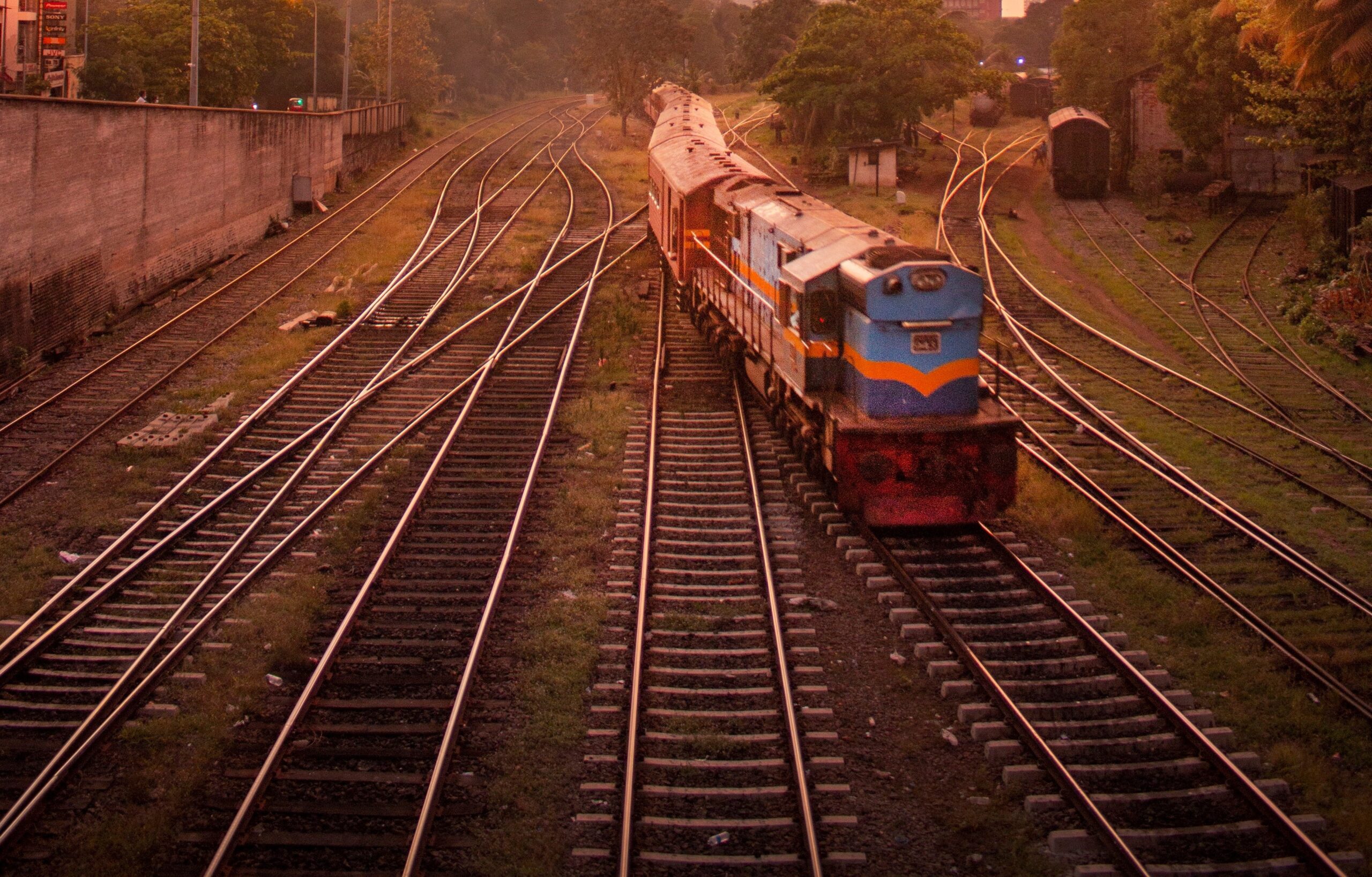At a glance
- Understand the difference between portable, in-motion, and permanent truck scale types.
- Select scales based on traffic volume, accuracy needs, and site constraints.
- Prepare your site for drainage, stability, access, and infrastructure.
- Plan for long-term accuracy through servicing, calibration, and operator training.
Purchasing the right truck scale is an investment in accuracy, compliance, and operational efficiency. The right system safeguards safety, helps avoid costly fines, and keeps freight moving on schedule. In mining, construction, logistics, and agriculture, the wrong choice or a poor installation can lead to downtime, compliance problems, and inaccurate billing.
Fleet operators and managers must look beyond specifications and pricing to understand each stage of the buying process from initial selection to installation and long-term servicing, to ensure consistent, reliable performance.
This blog outlines the complete truck scale buying process, guiding you through the key decisions that protect your investment and support years of dependable operation.
Understanding the Types of Truck Scales
Truck scales come in various configurations, each built to meet specific operational needs. The type selected influences everything from installation complexity to weighing accuracy.
Surface-mounted scales are installed on a concrete slab with ramps for vehicle access. They are more accessible for servicing and maintenance, but require additional horizontal space. Pit-mounted scales, by contrast, are installed flush with the road surface, making them well-suited to sites where space is tight and ramps aren’t practical.
These permanent installations are designed for long-term, high-volume weighing in fixed locations such as mining depots or logistics hubs. Where mobility is essential, portable truck scales like TRUCKMATE offer a lightweight, static or dynamic weighing mode, low-profile option that can be set up quickly across different sites for accurate on-site weighing.
The weighing method is another key distinction. Full-length truck scales weigh the entire vehicle in one pass, typically for gross weight compliance and commercial billing. Truck axle scales weigh one axle at a time, enabling operators to enforce axle-load regulations and reduce the risk of overloading fines.
When the correct installation type and weighing method are aligned with your operational profile, the result is faster throughput, consistent compliance, and highly reliable measurement.
Read More: Factors To Consider When Selecting A Truck Scale For Mining Applications
How to Select the Right Truck Scale for Your Operation
Choosing a truck scale involves far more than comparing specs or price tags. One of the most common mistakes is selecting a system based only on capacity without considering site conditions, workflow, and long-term servicing needs.
Operators must assess factors like daily vehicle volume, axle loads, weigh-in/out speed, access points, and legal accuracy requirements. For example, a high-throughput logistics hub with limited weighing time per vehicle may benefit from an in-motion solution like FORCE 1 Truck Axle Weigher. A contractor moving between job sites might need a portable and quick-to-deploy solution, such as TRUCKMATE Portable truck scales.
Environmental factors also affect long-term performance. Dust, corrosive substances, constant vibration, and extreme weather all place extra strain on components. Selecting a scale with IP-65 protection, sealed load cells, and a heavy-duty enclosure helps ensure it stays accurate and operational in demanding environments.
Here are a few questions to ask when narrowing down options:
- How often do we weigh vehicles?
- Do we need portability or a permanent installation?
- Is in-motion weighing necessary?
- What trade accuracy is legally required?
Answering these questions will help narrow your options to a system that supports both throughput and long-term reliability. For more information, you can read our blog, TRUCKMATE or FORCE 1 – Find Out the Ideal Truck Weighing System for You.
Site Selection and Preparation
Long-term weighing accuracy starts with the ground beneath the scale. Even the most advanced system will deliver inconsistent results or fail early if installed on unstable or poorly prepared foundations.
A full site assessment is essential, especially for pit-mounted installations. Soil movement, frost heave, or insufficient compaction can compromise platform stability, leading to frequent recalibration, structural repairs, and downtime.
Drainage is also essential for scale performance. Grade the site so water runs away from the platform, avoiding pools that cause corrosion. Left unchecked, standing water can damage load cells and disrupt electronics. Trench drains, sump pits or a raised foundation can help keep the scale dry and dependable in any season.
Site layout also influences long-term performance. Provide clear, safe entry and exit routes, along with sufficient space for turning, queuing, and calibration equipment. Plan power and communications infrastructure early to support digital monitoring, remote diagnostics, and data logging.
Lastly, confirm any regulatory requirements before starting construction. In many areas, permits, council approval, or environmental clearances are mandatory. Skipping this step can lead to delays, added costs and compliance issues, so it pays to engage with the relevant authorities early.
Read more: Truck Scale Site Selection: Planning for Accuracy and Longevity.
Installation Process: What to Expect
Installation requirements vary with the type of scale chosen. Permanent systems follow a staged process, starting with site works and foundation preparation.
The groundwork involves excavation, compaction, and concrete forming to create a stable base. After the foundation is poured, it must cure for around four weeks, depending on site conditions and expected loads, before the platform and load cells can be installed.
Technicians then fit power, data, and peripheral wiring according to local safety regulations and trade measurement standards. Initial calibration is carried out using certified test weights to confirm compliance with trade-approved accuracy or internal operational tolerances.
For mobile operations, mobile truck scales like TRUCKMATE streamline setup considerably. When placed on a level, stable surface, they can be set up and calibrated within minutes. However, their convenience does not remove the need for correct handling and routine calibration to ensure accuracy is maintained during transport and repeated use.
At the final stage, operators receive full documentation and operational training, laying the groundwork for accurate, standardised operation and reduced troubleshooting from day one.
Read More: Truck Scale Spectrum: Various Types and Benefits Explored
Post-Installation: Setup, Calibration, and Staff Training
Installation is only the beginning. Calibration, servicing, and staff training must begin immediately after commissioning to protect your investment and ensure reliable performance.
Initial calibration should be done during commissioning using certified test weights and verifying compliance with trade regulations or internal tolerances. For most operations, recalibration is suggested every six months or as mandated by local trade measurement authorities. However, sites with heavy traffic often require recalibration every three to four months.
- Portable systems like TRUCKMATE should be recalibrated before and after each relocation.
- Mining-grade platforms like FORCE 2 & 4 demand tighter recalibration cycles to maintain measurement integrity because they are usually exposed to constant vibration and a harsh working environment.
Skipping calibration comes with legal non-compliance risks and may result in errors in billing, logistics, and safety reporting. Moreover, timely servicing helps maintain structural and electronic integrity.
Usually, any servicing must include:
- Cleaning internal and external components
- Verifying load cell mount tension
- Inspecting cables for wear or moisture damage
- Testing electronic systems
- Updating software or firmware
Trakblaze equipment, such as INFINITY Static or In-motion Train Weigher, often includes diagnostic tools and data capture capabilities that make servicing and remote monitoring more efficient.
Equally essential is staff training. Operators must know the basics of scale operation, such as zeroing the scale and reading outputs. They should also be able to identify early signs of malfunction, such as fluctuating weights or alignment issues.
Training should also cover advanced operations, including safe usage procedures and escalation protocols to ensure the right personnel handle faults without delay. For advanced systems like FORCE 1, which support optional employee monitoring and access control, roles and usage permissions should be assigned from day one to maintain security and accountability.
In high-throughput or regulated environments, even minor oversights post installation can lead to fines, lost revenue, or downtime. A well-calibrated system, maintained by trained staff and integrated into your digital processes, protects your bottom line from day one.
Read more: How Often Should You Service a Truck Weighing System?
Investing in a truck scale is about ensuring every step of the process supports accuracy, safety, and long-term efficiency. From initial site selection to day-to-day use, each element must work together to deliver reliable results.
The right system should align with your fleet, site layout, compliance obligations, and workflow, not just for today but for the years ahead.
With careful planning, scheduled servicing, and trained staff, your truck weighing system becomes a strategic asset.
Contact Trakblaze today to explore your options or request a site-specific recommendation. Our team can guide you through selection, planning, and implementation to ensure your investment delivers measurable, long-term value.




